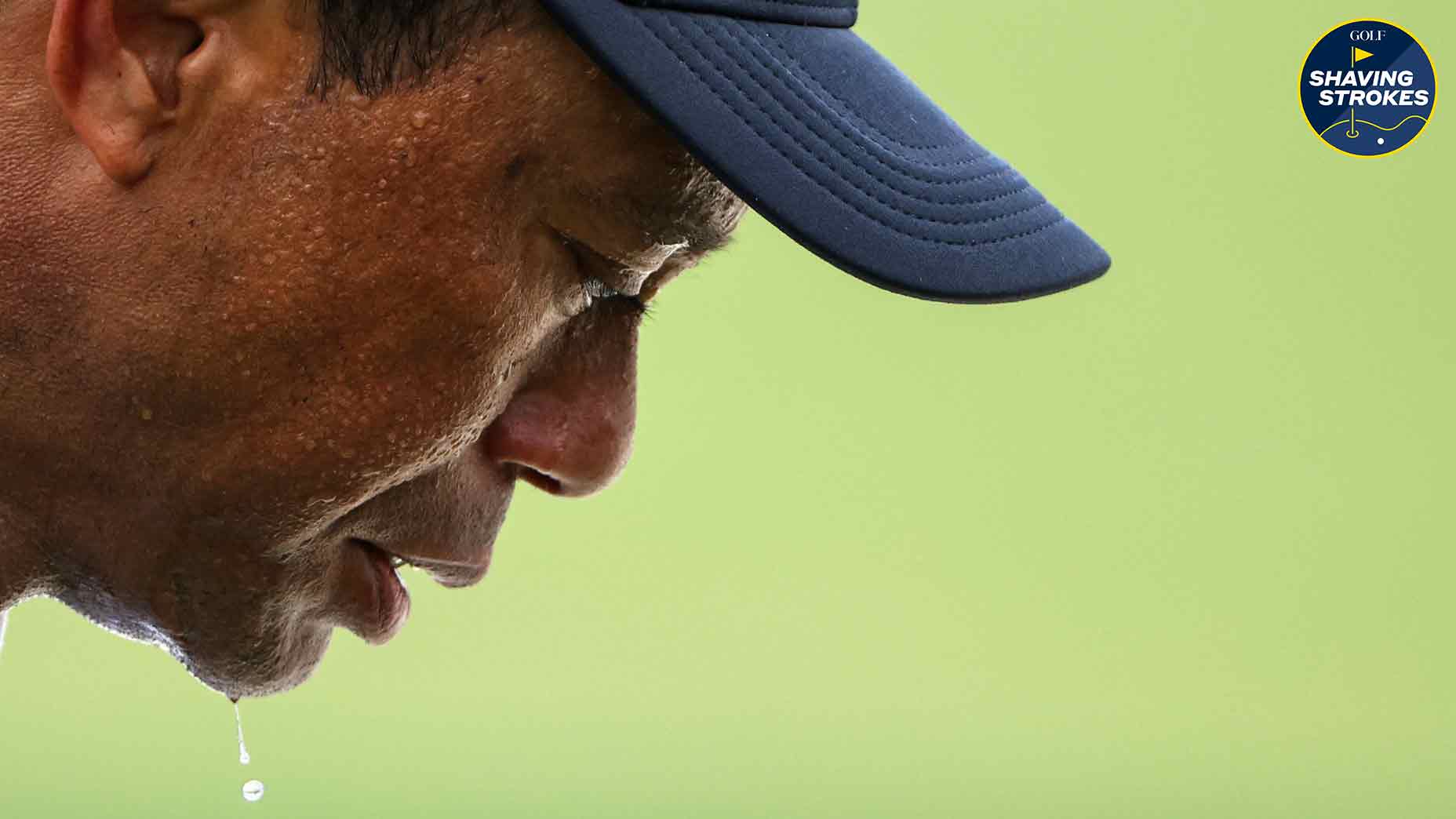Handicap Index myths: 5 details that most golfers misunderstand

A Handicap Index is a crucial element of golf, particularly for competitive purposes. But many golfers still misunderstand lots about it.
Getty Images
Golf is a unique game in that anyone can compete with anyone else, regardless of skill level. This is thanks to handicapping.
Handicapping is implemented via the World Handicap System. This system, jointly governed worldwide by the USGA and R&A, levels the playing field and enables golfers of all abilities to compete on a fair basis. No matter your skill level, if you have a Handicap Index, you can compete with another golfer in a fair competition, in any format, on any course, anywhere in the world.
However, despite the utility of handicapping, many golfers have a fundamental misunderstanding of how Handicap Indexes work. That’s where we come in. Below, you’ll find five handicap-index misconceptions and some explanations we hope clear things up.
Myth #1: A Handicap Index represents your average score
Many golfers have a fundamental misunderstanding of what a Handicap Index actually represents. They hear someone is a 2 handicap and assume that golfer should shoot two over par every time they tee it up. That is far from the truth.
“A Handicap Index, in basic terms, is a numerical value that represents a golfer’s demonstrated ability,” says the USGA’s Assistant Director of Handicap Education and Outreach Lee Rainwater. “Ultimately, we say that because we’re not looking at a golfer’s average. We are looking at how a golfer is capable of performing on a golf course.”
“Demonstrated ability” is a key phrase here.
Myth #2: You should shoot your handicap every time
This is directly related to No. 1. Again, Handicap Index does not represent your expected score every time you play. It is a reflection of demonstrated ability, not average ability. It can be frustrating not to play to your potential — but that’s kind of the point, too.
“It’s actually expected that in any given round, you’re going to shoot two, four, five strokes higher than your Handicap Index,” Rainwater says. “And it could be higher than that if you just have a poor day. Golfers vary from a standpoint of consistency. But generally, one in every four to five rounds you will play to your handicap.”
Myth #3: A Handicap Index counts all your scores
Another misconception comes from the way a Handicap Index is actually calculated. As noted above, many golfers think a Handicap Index refers to an average of your scores. This is partially true, but not completely accurate.
Per the USGA’s website, “your Handicap Index is calculated by averaging the best eight Score Differentials out of your most recent 20 scores.”
Each time you tee it up, it is more likely than not that it won’t affect your Handicap Index. Unless it’s one of your eight best rounds, that score will get dropped. So, next time that 2 handicap in your group has an off day, don’t automatically assume it’s a vanity handicap.
Myth #4: All scores are created equal (Pt. 1)
Score differential is a key ingredient in Handicap Index calculation, but it’s not widely understood. For a proper explanation, we turn to the USGA’s handicap FAQs.
“A Score Differential measures the performance of a round in relation to the relative difficulty of the course that was played, measured by the course rating and slope rating,” the USGA explains. “The result of the daily playing conditions calculation is also included in the Score Differential calculation, which may provide an adjustment if course and/or weather conditions significantly impacted scores on that day.”
The score differential formula is as follows:
(113 / Slope Rating) x (Adjusted Gross Score – Course Rating – PCC adjustment)
Myth #5: All scores are created equal (Pt. 2)
Golf scores, like many things in life, require nuance to interpret. A pair of 78s from two different courses could count in different ways for handicap purposes. This is because Score Differential is used to calculate your handicap, and not raw scores in relation to par.
“We’re looking at your scores in relation to the course rating and the slope rating being played,” Rainwater says. “Someone might see a score and simply compare it to par, and it gives a distorted view about performance. Shooting an 82 on a really difficult course may very well be a much more impressive performance than a 78 on an easier course. We focus on the score in relation to the difficulty of the course to drive the Handicap Index.”
Want to overhaul your bag for 2022? Find a fitting location near you at GOLF’s affiliate company True Spec Golf.











